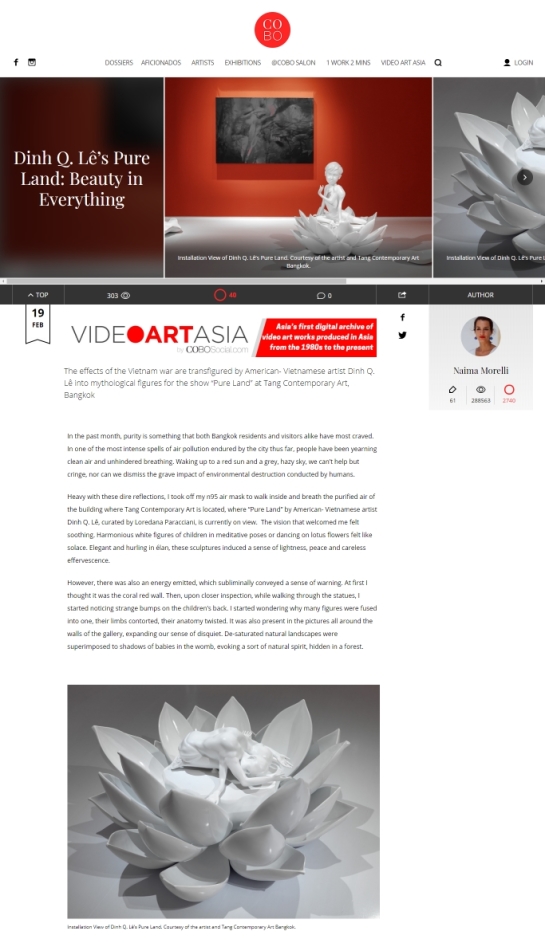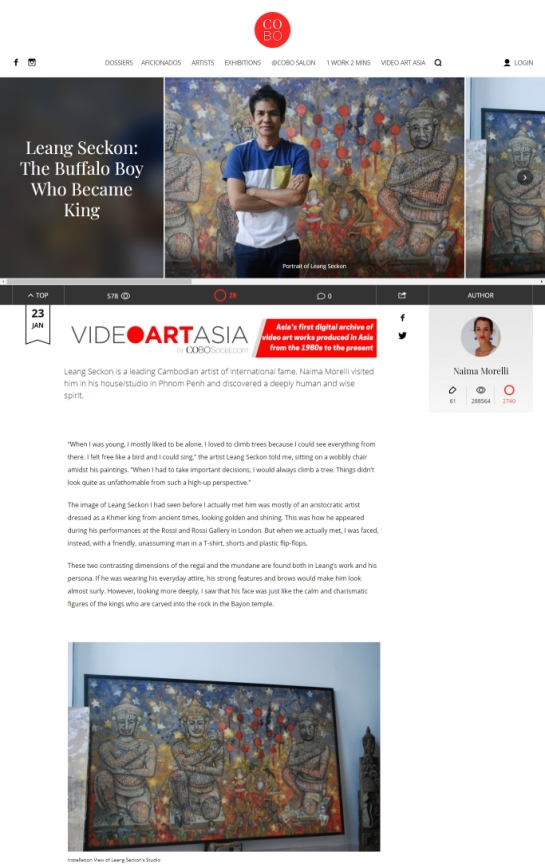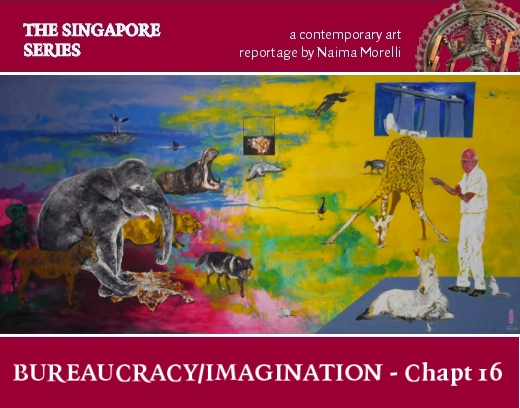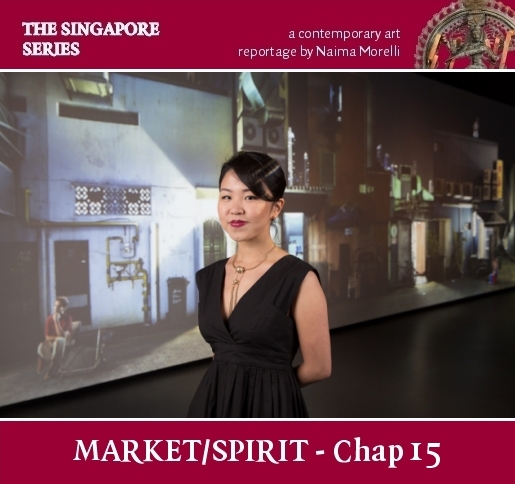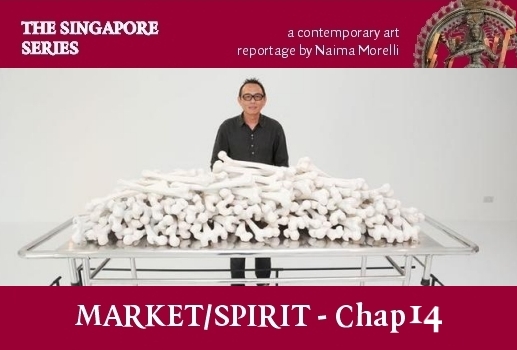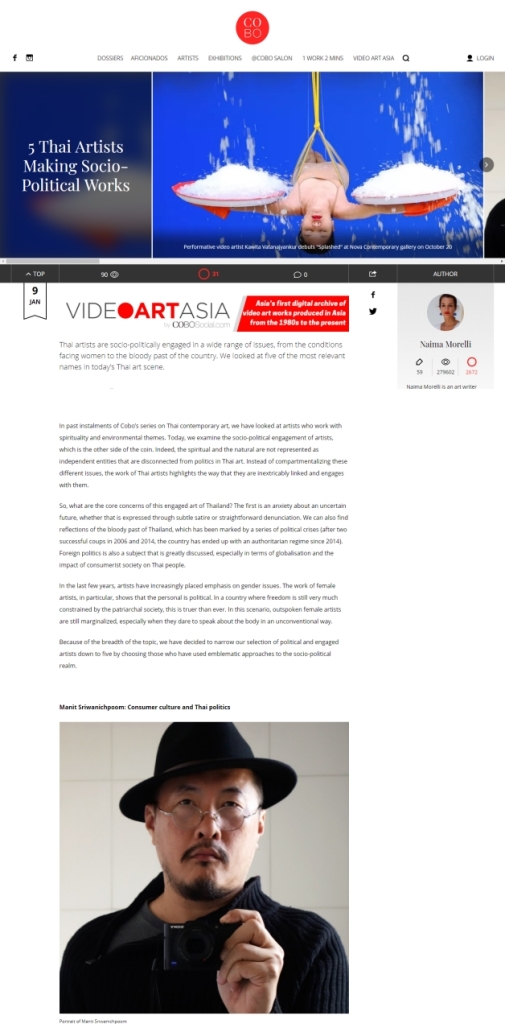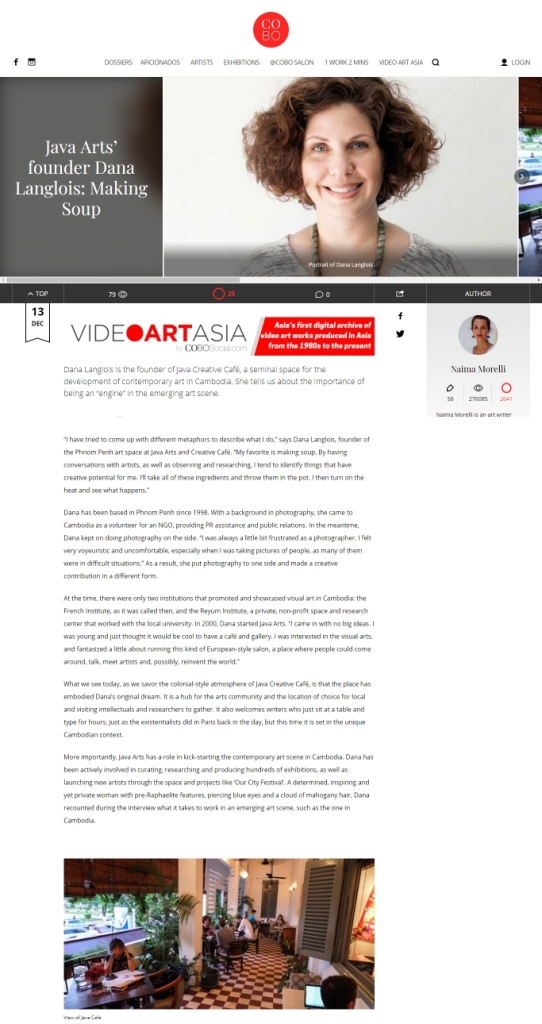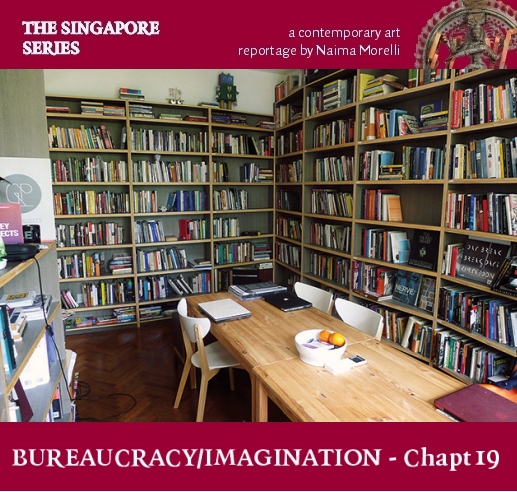
Funding Shaping the Work of Artists
Let’s go back to The Substation for a second. We mentioned that when the space started in 1990, it was the very first art space in Singapore, before SAM, before the Esplanade and much earlier than the National Gallery. In the narrative of the local art world, the existence of this place encouraged many people to gather to appreciate and make art, music or writing in a way that couldn’t be found anywhere else in Singapore. This was a sign for the government, who acknowledged the situation, observed a spontaneous surge of creativity and cultural momentum, and decided it was high time to open up an art museum five years later. “We were actually forcing to government to shape policies in some way last time,” said Alan Oei during our conversation: “But once they shaped the policies, we kind of have been sucked into their policies and we haven’t made them change anything for a long time.”
Read More
